Ministry Branding – Part 2
Last week I shared, in bulleted form, the ministry branding process we use when we take our clients through a brand development process. You can read about that HERE. This week we’re going to share in more detail each piece of our brand development process. We’ll highlight Market Research, Brand Positioning and Brand Strategy, and why each of these pieces is so important for your ministry. From this point on in this brand development series many of the pieces we talk about might overlap. For example, next week we will talk about brand messaging, which is a very important piece of brand strategy. At the end of our conversation last week I spoke about your ministry differentiators to some extent, which is a huge piece to brand positioning. All of these pieces to our ministry brand development process speak to one another allowing us to create an intertwined, effective brand.
My hope is that by the end of this series you will see that this process is similar to what we see in 1 Corinthians 12. Just like Christ designed the church to work in community, with different individual giftings coming together to create one complete body, our process brings multiple pieces together to create one complete brand. Each piece is important, but cannot stand well on its own. A pretty logo has never sold anything or moved anyone to give. That pretty logo is only strong in the context of the entire ministry brand experience. This entire process starts with research, and this research should help inform every decision you make for your ministry.
Ministry Branding – Market Research
We’ve all heard it before, “Do your research.” But what does that mean, and why is it important? Hopefully I can shed light on the importance. We need to know who our donor is and what moves them to give. There are hundreds and thousands of other ministries competing for our donor’s dollar. Why would they choose to give to your ministry over the countless others offering the same or similar services? In last weeks blog I spoke about the importance of differentiators. Building a ministry that is different, and communicating that difference to your target audience requires research. How can we differentiate or know who our target audience is without knowing what they look like, how they act, or where they hang out?
In order to do this successfully, we need to start by creating a psyche or persona for our target audience. As I said earlier, what do they look like, how do they act, and where do they hang out? What does your target audience’s lifestyle look like, and what is their socio-economic status? Are they tech savvy, or are they an older generation requiring a simplified means of giving? Statistically, older generations tend to give on a more consistent basis, while younger generations tend to give in larger sums, in a more impulse driven manner. These are all things we need to know about our target audience in order to build successful ministries. This research will inform the words we use and how we speak and message to our target audience in all of our ministry brand touch points (advertising, marketing, PR, etc).
Additionally, we need to do research on our competitors and indirect competitors. Once again, this takes us back to the differentiators I spoke about in Part 1. Researching our competitors will help us determine how our ministry is or can be different. If your ministry supports or runs a homeless shelter or an orphanage, what makes you different than every other ministry in your area offering the same service? Why would your donors choose to give to your ministry? Research can even determine if your target audience knows you exist. Once you’ve done this research you will have a much clearer understanding of your differentiators and where your ministry should be positioned.
Ministry Brand Positioning
Market research leads us to the next step in our process, Ministry Brand Positioning. All the research you’ve just done will now inform the exclusive and differentiated place in the market your ministry will claim. Brand Positioning is literally the place in the market you call home. Again, your ministry brand positioning will be heavily determined by your ministry differentiators. Let’s use a big brand like BMW as an example of what brand positioning might look like in the real world. What is BMW’s brand position? BMW sells cars, right? But that’s not a well defined niche in the market. There are hundreds, if not thousands of car companies to compete with globally. So, BMW has strategically carved out a niche in the market and positioned themselves as a luxury car brand. But, if we look closer they are a European luxury car brand, and take another step closer and they are positioned as European luxury sports sedans. Now they’ve positioned themselves so that their competition pool is much smaller. They are no longer competing with every car manufacturing company. These are the steps we must take when thinking about the market positioning of our ministries, especially in a day and age where there is so much noise and distraction vying for our target audience’s attention. Once you’ve determined your ministry’s brand positioning you can begin implementing a brand strategy that will guide every step and action your ministry takes.
Ministry Brand Strategy
At the most basic level a brand can be broken down into words and visuals. The ministry brand strategy is the process we go through and the plan we create to implement those words and visuals. Brand strategy will help determine what story you tell and it ultimately creates a customer experience that keeps our clients and donors coming back. The brand strategy will inform the language you use at every customer and donor touch point. Creating a positive customer and donor experience is what builds brand recognition and brand loyalty. Without a strong brand strategy all of the pieces of our brand will be segmented and broken; and segmented, broken brands are not effective. If our goal is to create strong ministries that are effective at spreading the gospel and making disciples, we cannot have segmented and broken brands.
This execution plan for creating consistent brands should permeate throughout your entire ministry, starting with leadership down through your employee base. In fact, our employees are the people who have the most direct communication with our target audience. Especially for larger ministries, they are the ones most often speaking on our ministry’s behalf. The importance of having a plan in place for your employees to follow, from the words they use on the phone, and what they post on social media, to how your on staff designer creates marketing materials and campaigns, all must be informed by the brand strategy you implement. Without a concise and focused brand strategy there isn’t anything to guide us.
If you take your ministry through a similar brand development process you can create a ministry brand that is differentiated, well positioned, and consistent. Implement the strategy in the marketplace and deliver a customer or donor experience that cannot be found anywhere else. Do this consistently and you will create brand loyalty that will be difficult to break. These are the beginning stages of the brand development process we like to take our clients through, and these pieces will inform and guide all of the pieces to come. If you’d like to learn more about how we can take your ministry through a similar process, please don’t hesitate to reach out.







